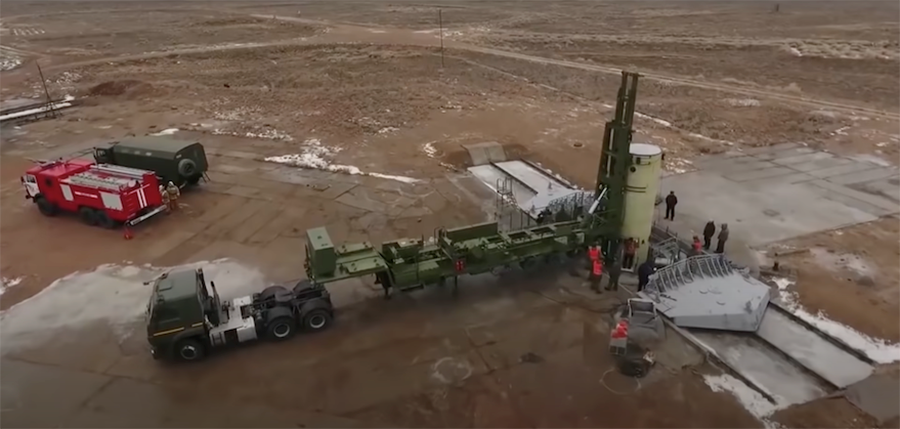Aggressive and dangerous threats from Russia, China, and to a lesser extent North Korea and Iran threaten America’s defense space infrastructure.
More than any other nation, the U.S. is dependent on orbital assets for defense. Civilian life is tied in, as well. The Defense Intelligence Agency (DIA) notes that “Space-based capabilities impact many day-to-day aspects of the American way of life. They enable functions that affect our homes, transportation, electric power grids, banking and communications. From watching television, to predicting weather patterns to avoiding traffic on our daily commutes, satellites enable many real-time conveniences that have become integral to our daily lives. On the national security front, space-based capabilities afford the United States and our allies with crucial ability to project combat power to areas of conflict and instability. They enable our armed forces to collect vital intelligence on foreign threats, navigate and maneuver rapidly, and communicate with one another to support global military and humanitarian crises.”
America’s adversaries fully comprehend this reality. They are taking steps to undercut the United States and our allies in the space domain. According to the DIA, China and Russia, in particular, are developing various means to exploit the perceived U.S. reliance on space-based systems and challenge the U.S. position in the space domain.2 Beijing and Moscow seek to position themselves as leading space powers, intent on creating new global space norms. Through the use of space and counterspace capabilities, they aspire to undercut U.S. global leadership. Iran and North Korea will continue to develop and operate electronic warfare (EW) capabilities to deny or degrade space-based communications and navigation.
The DIA acknowledges that Russia and China “view space as a requirement for winning modern wars, especially against Western nations, and look to prove themselves as world leaders. Since early 2019, competitor space operations have increased in pace and scope across nearly all major categories — communications, remote sensing, navigation, and science and technology demonstration.”
Senior defense analyst Kevin Ryder warns that “China and Russia value superiority in space. And as a result, they’ll seek ways to strengthen their space and counter-space programs and determine better ways to integrate them within their respective militaries…Beijing and Moscow have integrated space-based capabilities into their individual, national and warfighting strategies with the intent of denying the United States a space-enabled advantage.
Evidence of both nations’ intent to undercut the United States and allied leadership in the space domain can be seen in the growth of combined in-orbit assets of China and Russia, which grew approximately 70% in just two years. This recent and continuing expansion follows a more than 200% increase between 2015 and 2018.”
In a troubling new report, “Challenges to Security in Space — 2022,” the DIA reveals that China has launched multiple missiles, capable of destroying satellites, and deployed mobile jammers to deny satellite communications and GPS. Moscow on the other hand, has developed a suite of counter-space weapons capabilities, including electronic warfare, to deny, degrade, and disrupt communications, and to not – to deny the use of space-based imagery. Russia is also developing a mobile missile that is able to destroy satellites and crewed space vehicles. The report stresses that “Now as the number of spacefaring nations grow, and counter-space capabilities become more integrated into military operations, the U.S. Space Posture will be increasingly challenged and orbit assets will face new risk.”
U.S. Representative Doug Lamborn (R-CO), Ranking Member of the Subcommittee on Strategic Forces warns that “The threats we see from China and Russia have only increased since…last year. China has demonstrated on orbit the ability to grapple with another satellite and drag it to another orbit. Russia has demonstrated a ground launched anti-satellite weapon against one of its own satellites resulting in a dangerous field of debris that the world is still dealing with.”
Illustration: Russia’s Nudol PL-19, anti-satellite weapon (Russian Defence Ministry)
